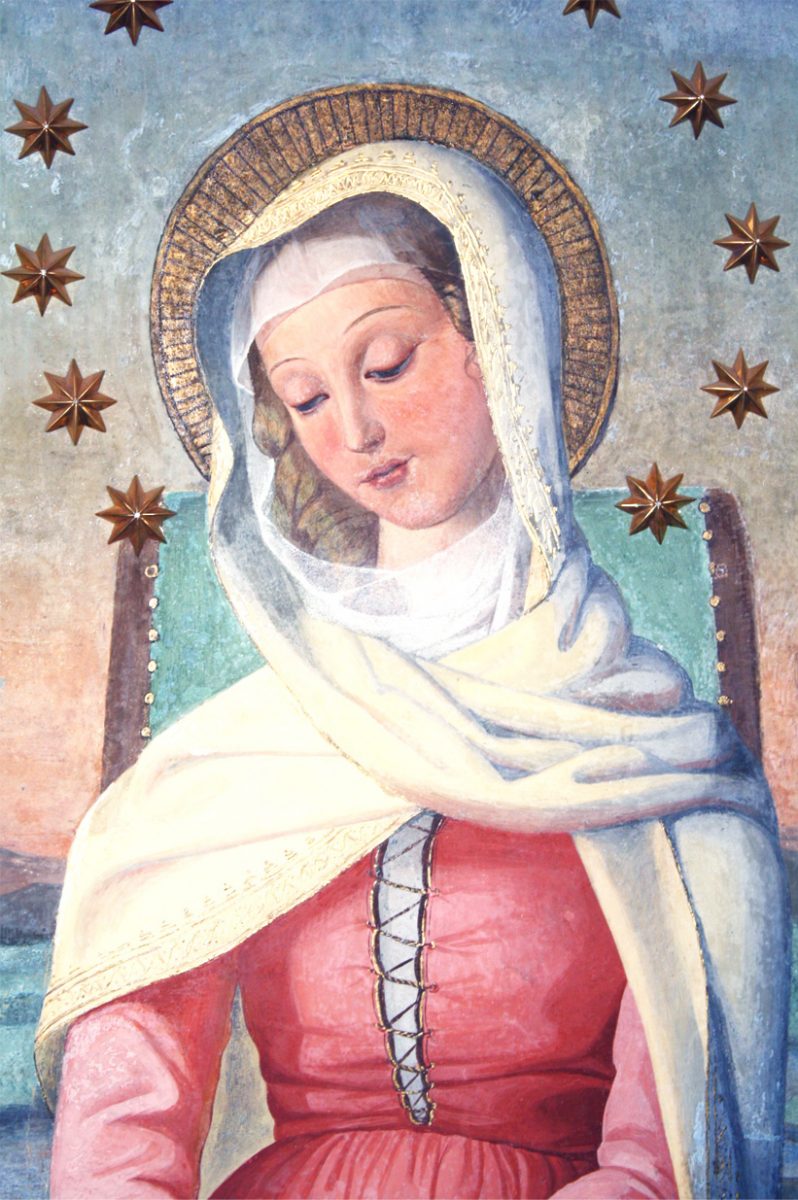Kate Jordan
Jordan, K. (2020). ‘Artists Hidden From Human Gaze: Visual Culture and Mysticism in the Nineteenth-Century Convent’, British Catholic History, 35 (2), pp. 1-31. (doi: 10.1017/bch.2020.18)
The article ‘Artists Hidden from Human Gaze: Visual culture and mysticism in the nineteenth-century convent’, offers a reading of nineteenth-century Roman Catholic theology through the sacred art produced by and for nuns. The practices and devotions that the article explores, however, are not those that drew from the institutional Church but rather from the legacies of mysticism: convents were seats of mystic theology until the Counter-Reformation and much of the literature of medieval and early modern mysticism was written by nuns. Scholars have proposed that mysticism was stripped of its intellectual legitimacy and relegated to the margins of theology by post-Enlightenment rationalism, thereby consigning female religious experience to the politically impotent private sphere. The article suggests, however, that, although the literature of women’s mysticism entered a period of decline from the end of the Counter-Reformation, an authoritative female tradition, expressed in visual and material culture, continued into the nineteenth century and beyond. The art that emerged from convents reflected the increasing visibility of women in the Roman Catholic Church and the burgeoning of folkloric devotional practices and iconography. This article considers two paintings as evidence that, by the nineteenth century, the aporias of Christian theology were consciously articulated by women religious through the art that they made: works which, in turn, shaped the creed and culture of the institutional Church. In so doing, the article contributes to the growing body of work on the material culture of religion.
A key contribution that this article makes to scholarship is the first close reading of the highly influential ‘miraculous’ fresco, Mater Admirablis, which is in the Trinità dei Monti convent in Rome and was painted in 1844 by Pauline Perdrau, a novice nun who was trained by members of the Nazarene of School. Jordan worked with the art historian and Nazarene scholar, Cordula Grewe, to uncover new information on Perdrau and her relationship with the Lukasbund.










